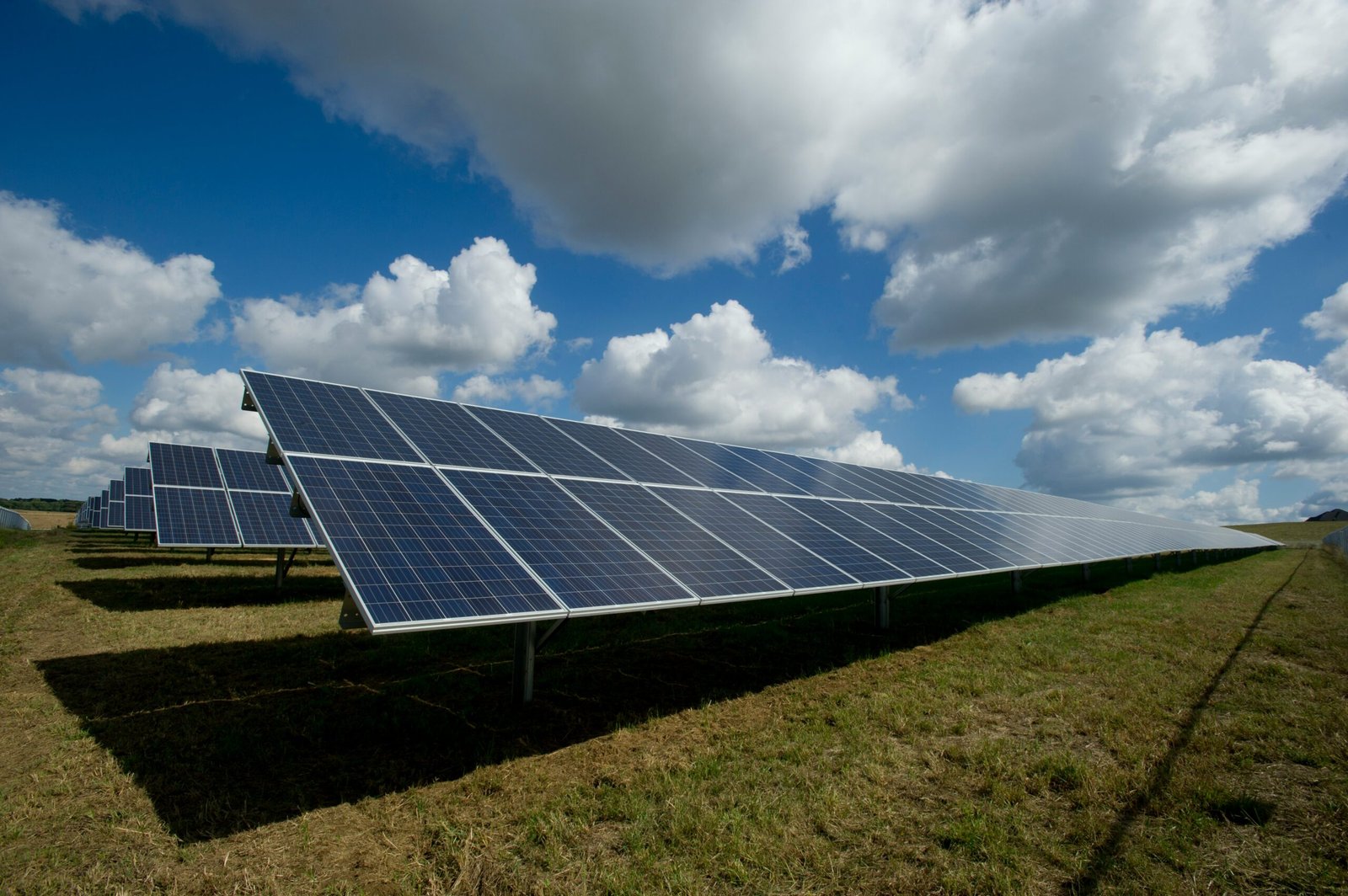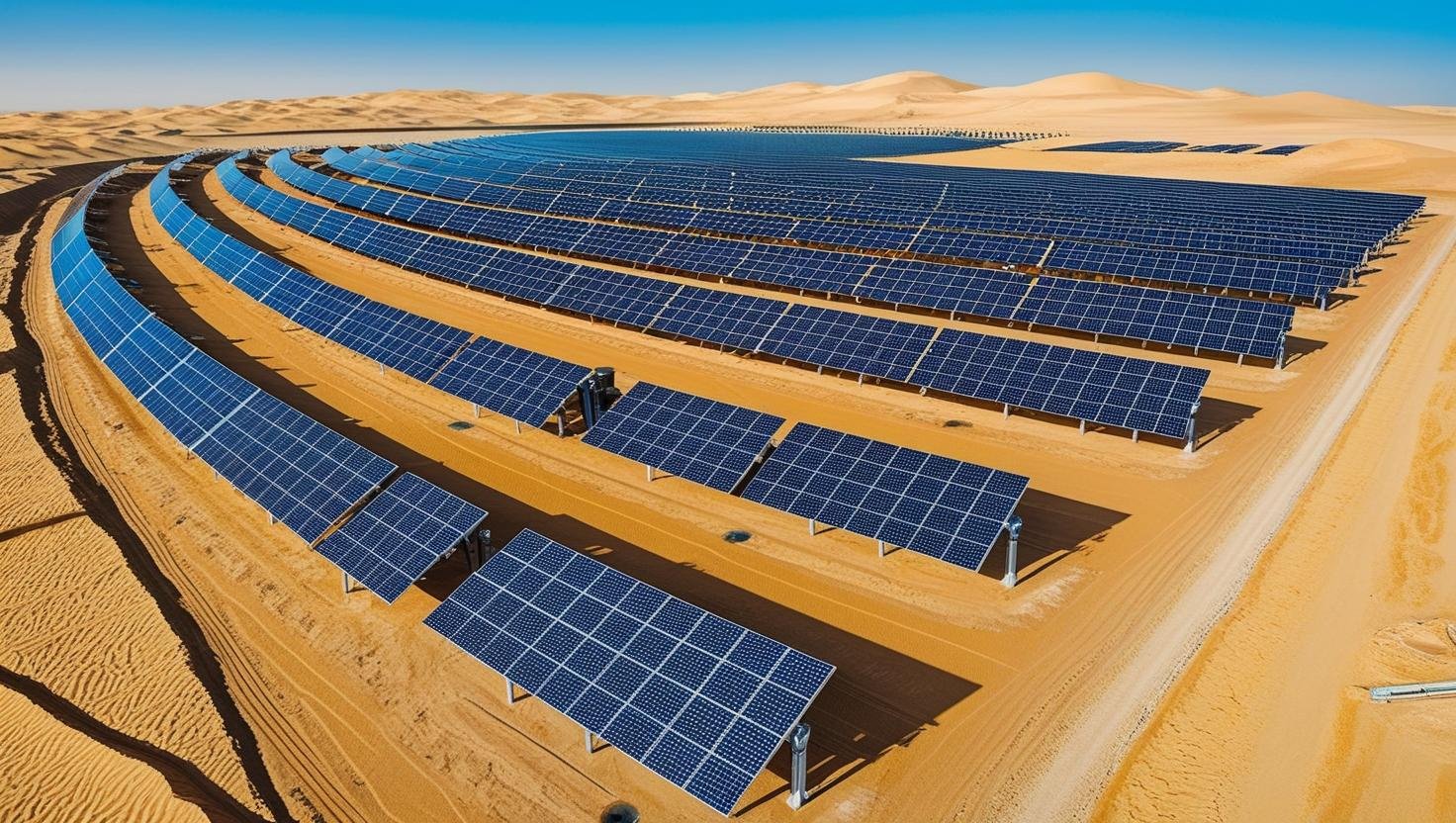What is Solar Energy?
Solar energy is the energy that is derived from the sun’s rays. It is one of the most abundant and sustainable energy resources available, captured primarily through the use of various technologies designed to convert sunlight into usable energy. Solar energy can be harnessed through methods such as solar photovoltaic systems, which directly convert sunlight into electricity, and solar thermal systems, which collect heat for residential or industrial use.
The significance of solar energy lies in its potential to serve as a renewable and clean source of power. Unlike fossil fuels, which contribute to harmful emissions and environmental degradation, solar energy generation has minimal impact on the ecosystem. By harnessing sunlight, we can produce electricity while reducing greenhouse gas emissions and combating climate change. This makes solar energy an attractive option for countries aiming to enhance their energy independence and sustainability.
The global shift towards renewable energy sources has highlighted the need to reduce our reliance on fossil fuels. As resources such as coal, oil, and natural gas dwindle, solar energy stands out as a viable alternative that can be leveraged extensively to meet the growing energy demands of our society. It is also worth noting that solar energy is accessible in various geographical regions, making it a universally applicable resource regardless of location.
In the quest for a sustainable future, solar energy not only represents an opportunity for greener energy solutions but also facilitates advancements in technology and energy efficiency. Embracing this form of energy allows us to contribute positively to the environment while fostering innovation in energy generation and consumption.
How Does Solar Energy Work?
Solar energy is harnessed primarily through the use of photovoltaic (PV) cells and solar panels, which are designed to convert sunlight into usable electrical energy. The core principle underlying this technology is known as the photovoltaic effect. This phenomenon occurs when certain materials, typically semiconductors like silicon, absorb photons from sunlight. When these photons hit the semiconductor material, they energize the electrons, allowing them to flow freely. This flow of electrons generates an electric current, which is then captured for practical use.
Understanding the structure of solar panels is essential to grasp how solar energy is efficiently converted into electricity. Solar panels are composed of numerous interconnected PV cells, each functioning individually yet collectively working towards the goal of generating electricity. When sunlight strikes the surface of the panels, the aforementioned photovoltaic effect initiates the conversion process. It’s important to note that solar panels do not produce electricity directly from heat; instead, they rely solely on the light energy provided by the sun.
Once the electricity is generated by the PV cells, it is in the form of direct current (DC). Most household appliances and the electrical grid operate on alternating current (AC), necessitating a conversion process. This transition is accomplished through the use of inverters, essential components in solar energy systems. Inverters take the generated DC and convert it into AC, enabling it to be utilized by home appliances or fed back into the electrical grid. This process not only maximizes the utility of solar energy but also contributes to overall energy efficiency.
Through the integration of photovoltaic cells and inverters, solar energy systems provide a sustainable and renewable way to meet energy demands. The harnessing of sunlight represents a promising avenue for reducing reliance on fossil fuels, leading towards a more environmentally friendly energy landscape.
The Benefits of Solar Energy
Solar energy offers a multitude of benefits that extend beyond mere cost savings, providing both individual homeowners and society at large with a sustainable energy alternative. One of the primary advantages of solar energy is its sustainability. Solar power relies on sunlight, a renewable resource that is abundant and inexhaustible, making it an ideal solution for meeting our energy needs while ensuring environmental protection.
The environmental impact of solar energy is another notable benefit. By harnessing the power of the sun, we can significantly reduce greenhouse gas emissions associated with traditional fossil fuels. This shift not only helps combat climate change but also contributes to improved air quality, promoting better health outcomes for communities around the globe.
In terms of financial savings, solar energy systems can lead to substantial reductions in electricity bills over time. By generating your own electricity, you minimize dependence on utility companies and shield yourself from rising energy costs. Moreover, various government incentives and tax credits can further enhance the economic feasibility of investing in solar technology.
Another compelling reason to consider solar energy is the potential for increased property value. Homes equipped with solar panels are often viewed as more attractive investments due to lower operating costs and a commitment to sustainable living, making them highly sought after in the real estate market. Furthermore, adopting solar energy contributes to energy independence. By reducing reliance on imported fuels, countries can enhance their security and resilience in an increasingly dynamic global energy landscape.
These numerous benefits indicate that solar energy is not merely an environmentally friendly alternative but a holistic solution with far-reaching implications for individuals, communities, and the planet.
Getting Started with Solar Energy
Transitioning to solar energy for your home or business can appear overwhelming, but starting the process can be straightforward with the right information. First, it is essential to explore the different solar technologies available in the market. The most common option is photovoltaic (PV) systems, which convert sunlight directly into electricity. Another alternative includes solar thermal systems that utilize sunlight to heat water for domestic or commercial purposes.
Once you have decided on the type of solar system suitable for your needs, the next step involves evaluating your energy requirements. Consider factors such as current energy consumption, roof orientation, and available sunlight. Homes with south-facing roofs in sunny locations typically yield the best results. However, ground-mounted systems or community solar programs may be viable options for properties with limited rooftop space.
After determining your solar needs, the process of installing solar panels can begin. Begin by assessing different solar installation companies, their certifications, and customer reviews. Obtain quotes from multiple providers to compare system costs and installation timelines. Once you select a contractor, they will help you with the permitting process and obtain any necessary approvals.
Moreover, financial considerations are vital when investing in solar energy. Various options are available, including tax credits, rebates, and financing programs. The Federal Investment Tax Credit (ITC) offers significant tax incentives for residential solar installations, while numerous state and local programs can further reduce expenses.
To enhance the affordability of solar energy systems, investigating community solar projects or power purchase agreements (PPAs) can also be beneficial. These options allow users to benefit from solar energy without the substantial upfront costs of purchasing a system. By carefully analyzing your choices and available financial incentives, you can make an informed decision and successfully integrate solar energy into your lifestyle.







اترك تعليقاً